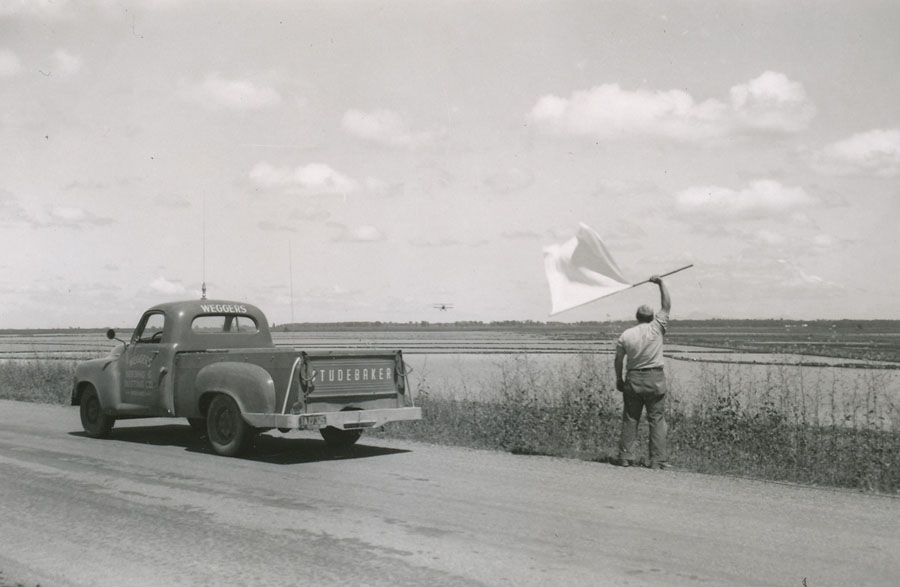 |
| Image Credit |
Many young farm boys, like myself, 'cut their teeth' being flaggers on the edges of fields off of dusty dirt roads in outside water tower towns across America. It was a simple job with little job skills other than being able to count to 20 and stand upright. I met those qualifications at the time and fulfilled my job responsibility the best I could.
 |
| Image Credit |
While eating my lunch today in my office which consisted of some delicious warmed up home-cooked leftovers of peas over rice, with fresh green beans and new potatoes and squash fritters, I was reading This Article in the Washington Post online. The author's assertions dovetail nicely with my ruminations while I was brushing my teeth this morning, listening to the sounds of the Ag Cat's engine.
In what will surprise no one, the USDA says that "Today's farms are fewer and bigger." In the article, the author, Mr. Ferdman states:
Peak farm, as it happens, happened almost 80 years ago in the United States. The number of farms in the country has fallen by some 4 million between then and now — from more than 6 million in 1935 to roughly 2 million in 2012. Meanwhile, the average farm size has more than doubled, and the amount of total land being farmed has, more or less, remained the same.The author goes on to say that the top 10% of farms make up more than 70% of the cropland in the US and that the top 2.2% takes up more than a third! The two charts below bear those numbers out:
 |
| Image Credit |
The mean farm size is 234 acres. Half of all farms have 45 acres or less and half of all acres are on farms with less than 1,100 acres.
 |
| Image Credit |
#1 The first chart shows a precipitous fall in the number of farms and a corresponding increase in the size of farms around 1940. What significant happened around that time? That's when tractors really began to replace horses, oxen and mules on the farm in a big way. I'm going to research that to confirm my hypothesis, though. When you have large, powered equipment not only can you work more land, but you must work more land in order to pay the notes on it.
 |
| Image Credit |
 |
| Image Credit |
justaguy22
9/17/2014 6:09 AM CDT
Notice when the shift in farm size began? In the early to mid 1900's. That is also around the time that farmers began using more tractors and powered equipment. Prior to that, the economies of scale for using horse drawn equipment were limited. But with the rise of the tractor and powered equipment, it made more economic sense for a farm to become larger in order to spread the equipment costs over more land as well as the equipment allowing one person to farm more acreage.
We are seeing more smaller farms for both hobby reasons and for specialty crop production such as herbs or intensively farmed local vegetables. These small farms are very labor intensive but do not require expensive equipment.
I guess me and justaguy22 have reached consensus on it and it is now settled! Ha Ha!
So back to my initial thoughts of the crop duster, perhaps the now-unemployed flagger made obsolete by GPS technology becoming available to agriculture was not replaced after-all. Maybe he just stopped trying to get bigger and shifted his involvement in agriculture to a smaller, slower, more enjoyable scale. "You can take the boy out of the country, but you can't take the country out of the boy."
Perhaps many of the old flaggers are "waving the white flag" at the modern industrial farming model that requires you to be heavily leveraged, leaving you stressed about the increasing debt-load, experiencing rising costs of production while seeing low commodity prices that result in a very low return on investment. Maybe they are instead opting to become small farmers.
Maybe the small farmer isn't nearing extinction after-all!

No comments:
Post a Comment